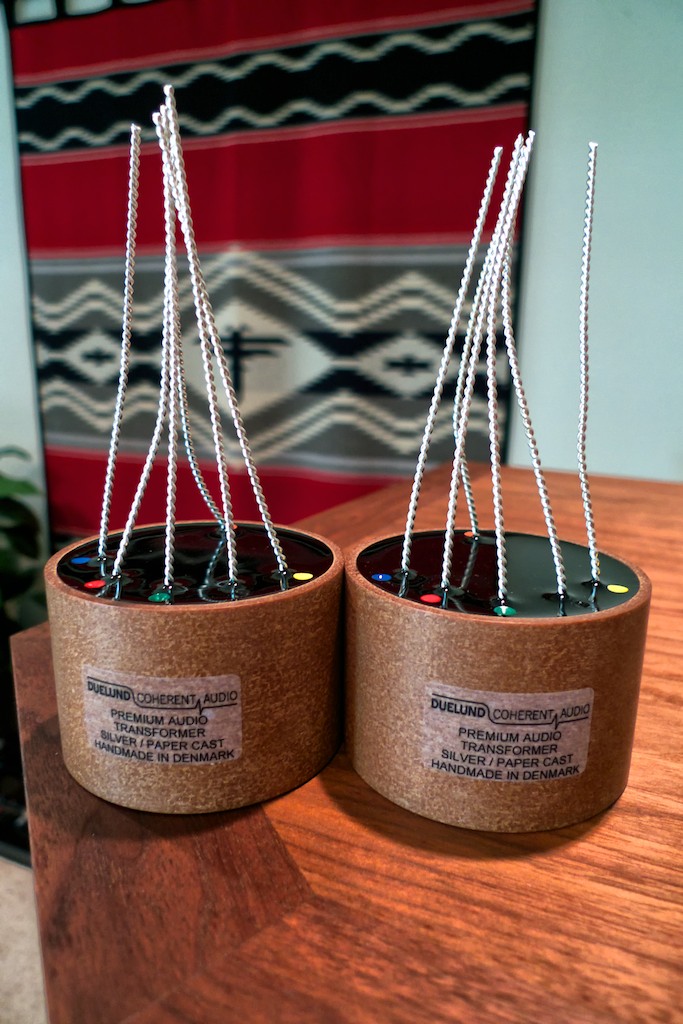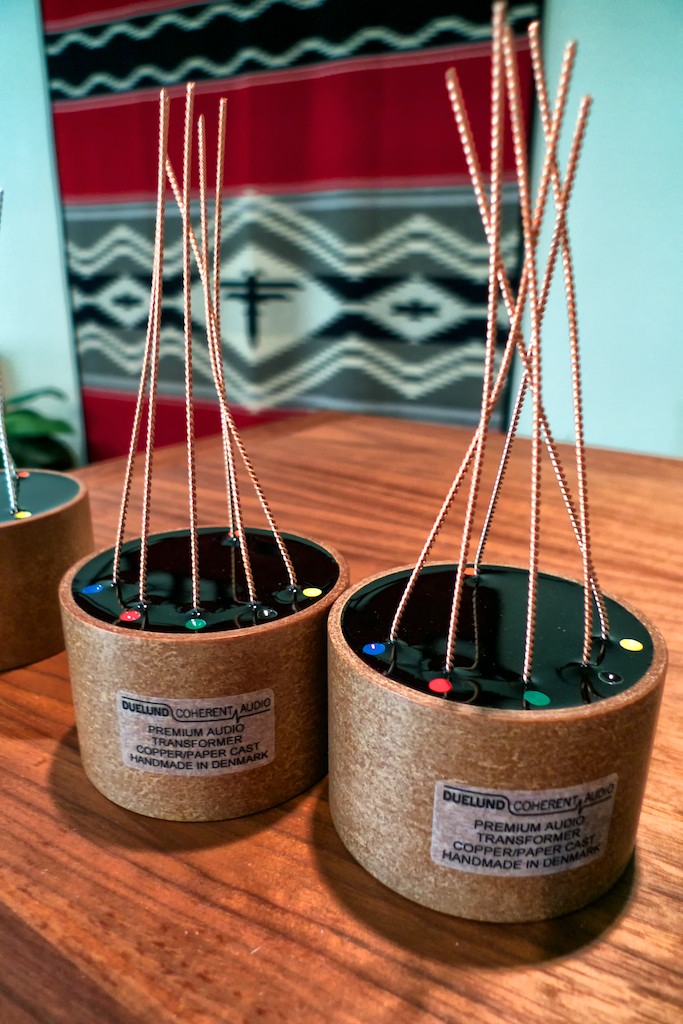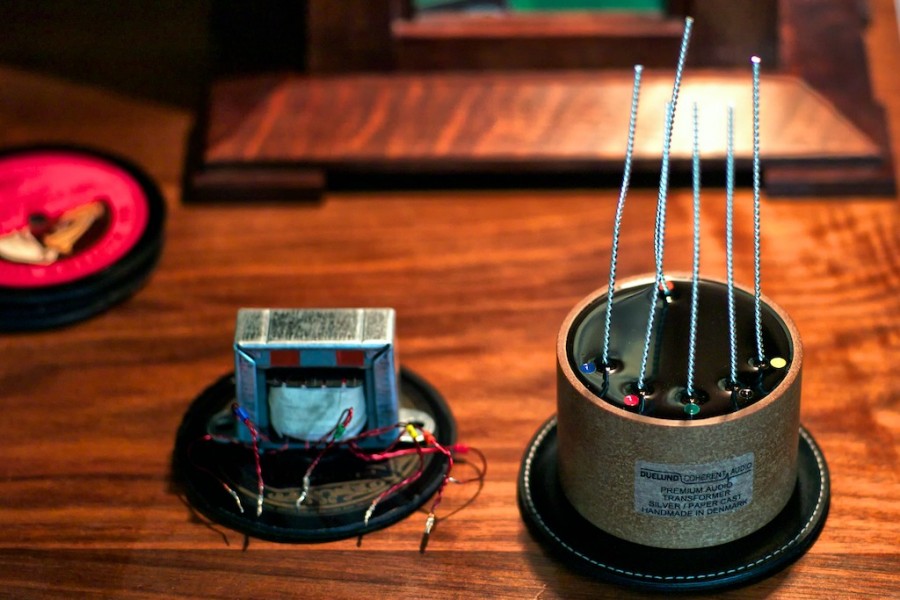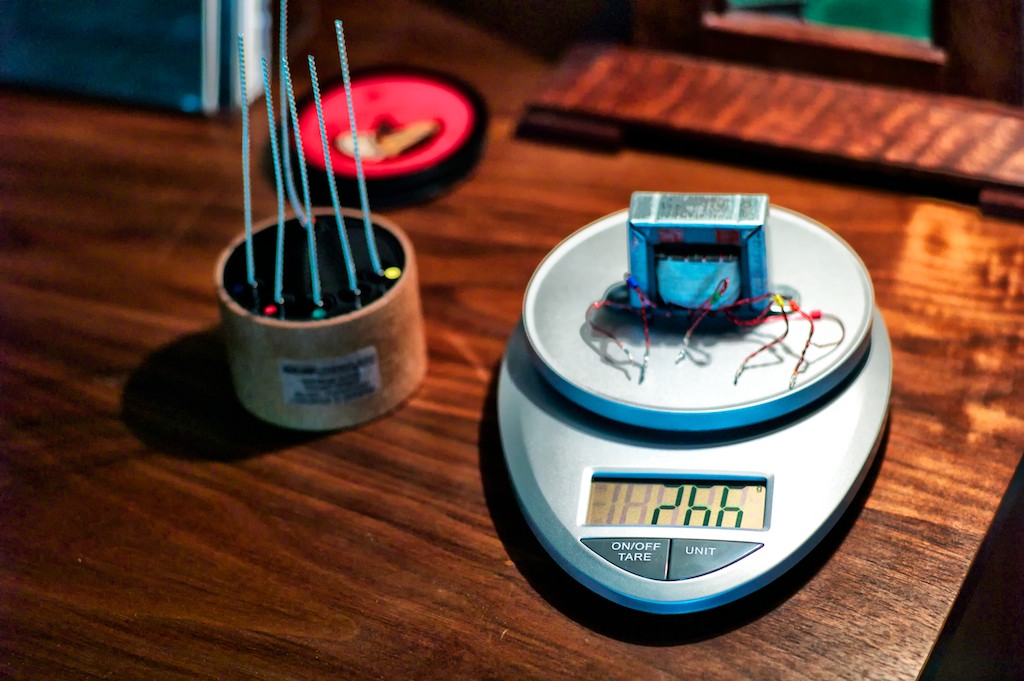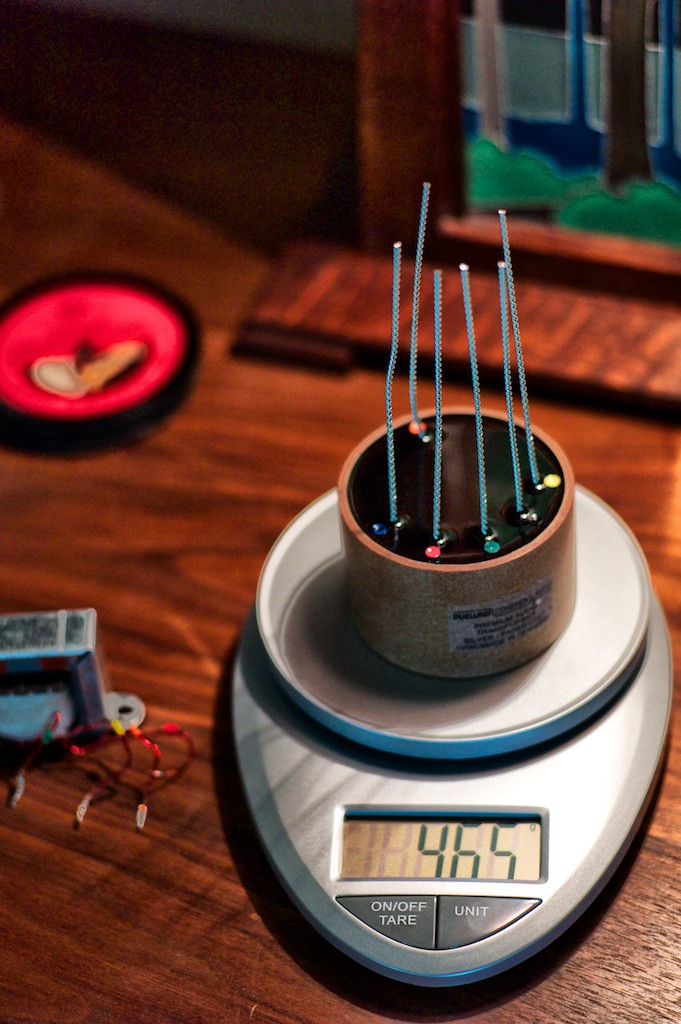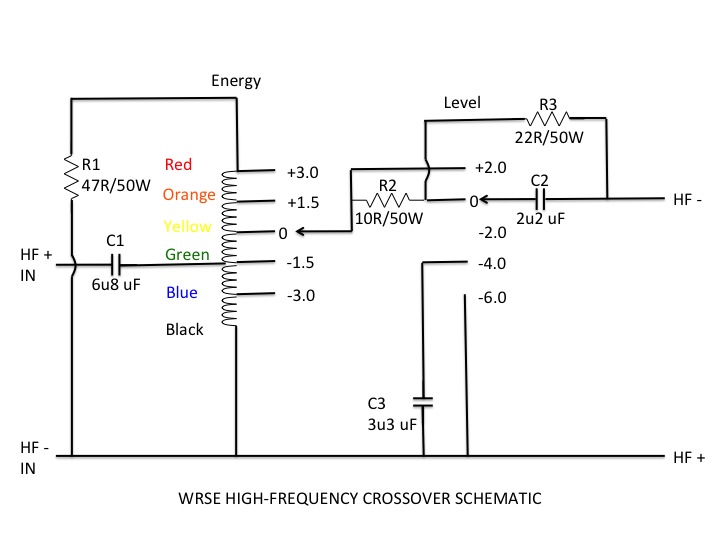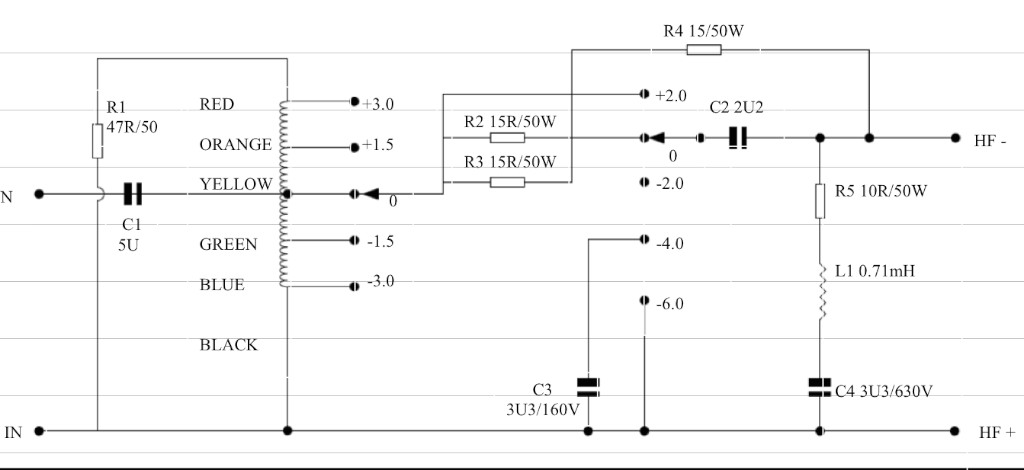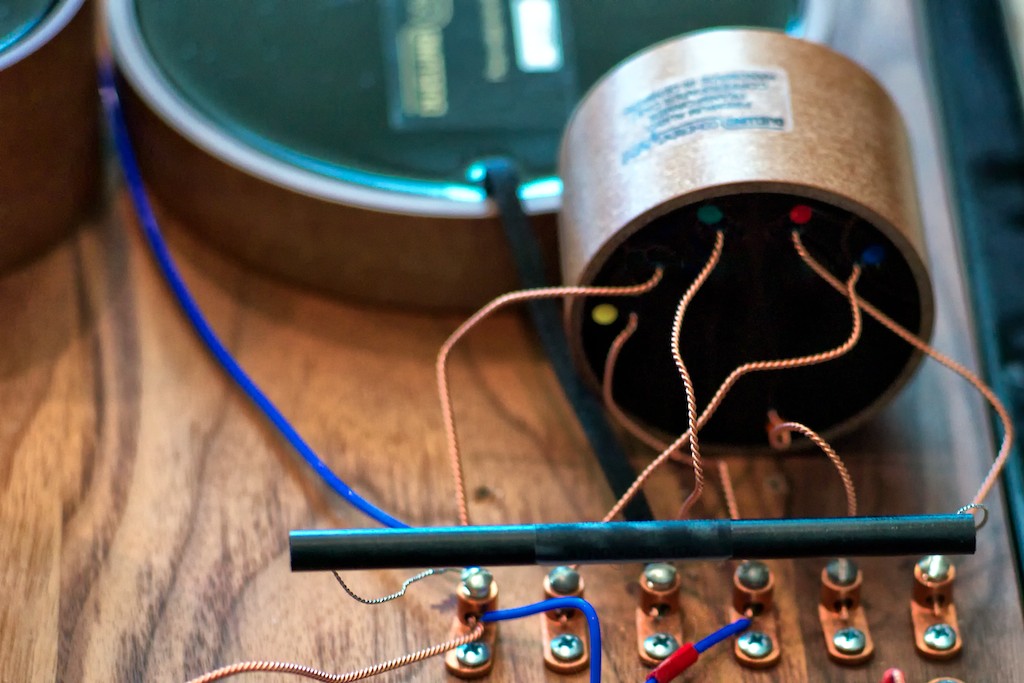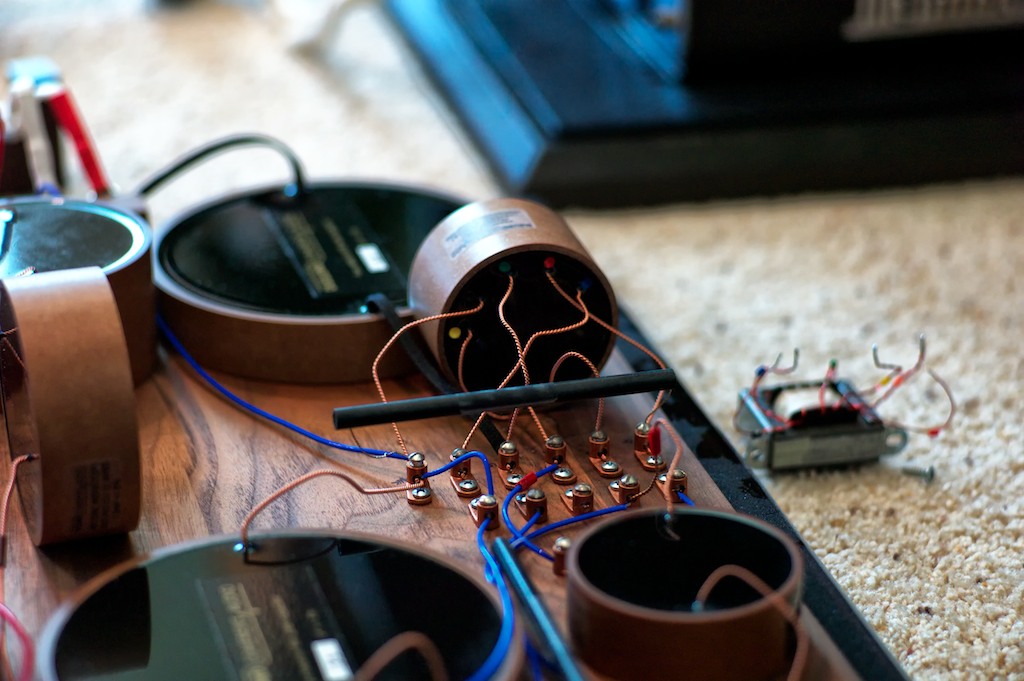The new Duelund CAST Autotransformers that Frederik Carøe developed are truly a watershed product for Tannoy aficionados around the world.
As you have no doubt read here in these pages, we aforementioned Tannoy aficionados have been eagerly awaiting the appearance of a high-quality autotransformer solution to replace the stock Tannoy autotransformer with, particularly those of us who have built the Duelund CAST external crossovers, which raises the performance of Tannoy Prestige loudspeakers to astonishing heights that have been hitherto unknown to the Tannoy tribe.
I had not anticipated that Frederik would develop a CAST Autotransformer for use in the Duelund-WRSE Project (Part 1, Part 2, Part 3, Part 4, and Part 5), as an autotransformer is a little outside of what Frederik normally focuses on (i.e. capacitors, inductors, resistors, and cables), but I am sure glad he did, because now every single component in the signal path of my Duelund-WRSE external crossovers is at the ultra-performance and quality levels that Duelund CAST components are noted for, which I think that is a very big deal!
Thank you Frederik - this is an awesome development!
Tannoy uses the same autotransformer in all their loudspeaker crossovers that employ the use of an autotransformer (above left), so the new Duelund CAST Autotransformers (above right) will be compatible for all those same Tannoy models. So, for example, the same Duelund CAST Autotransformers that work in my Westminster Royal SE loudspeakers' Duelund CAST external crossovers, will also work in your Canterbury SEs with Duelund CAST external crossovers. Pretty cool eh?
Like all Duelund CAST components, the CAST Autotransformers are available in both copper & silver models, and are impressive in their extraordinary quality of materials & construction and fit & finish.
As I described in earlier posts about the Duelund CAST inductors & capacitors, the CAST Autotransformers are completely hand-crafted in what is an even more involved process than for the inductors & resistors. Each autotransformer is wound around a core using copper or silver wire and paper, with each tap (blue, green, yellow, orange, and red) measured against the ground (black) to establish exact inductance and resistance values.
When I asked Frederik to tell me more details about the cores and construction methods, he understandably didn't want to give away too many secrets about details, but told me that the core is a "material with very low magnetic losses, namely low hysteresis and eddy current losses, laminations lower than 50um thick, and a substantial air gap."
Finally, once construction of an autotransformer is complete, it is installed into a CAST enclosure in similar fashion to what Frederik described for the CAST capacitors: “During this process a ring of vacuum impregnated paper has been readied with a base of our CAST material. The winding is heated and then placed in the ring & base assembly and CAST material is poured on top of it in five stages, with air bubbles in the CAST material being forced out by applying a very precisely controlled flame to the surface (yes really!). This process takes another week. Following this step the capacitor is measured and checked (as it has been at every step along the way), and if everything is ok, then we ship it to the customer. The total production time is typically six to eight weeks.”
Just for kicks I put the stock Tannoy autotransformer on a scale and found out it weighed 266 grams.
When I put the Duelund CAST Silver Autotransformer on the same scale it came in at a whopping 465 grams!
The Duelund CAST Autotransformers are an even more exotic product than the Duelund CAST capacitors, inductors, and resisters, and require considerably more hands-on attention to make, given their multiple taps and leads, so you know they are going to be expensive. In an effort to control costs Frederik has decided to sell them direct to customers instead of through dealers and distributors:
"We plan on selling these direct. They are very low volume, and very expensive to make. Adding in dealers' and distributors' markup would make them far too costly. Also, since we need to talk to the client directly and measure his components it seems the best way to go."
Frederik told me the pricing (based on current materials & labor costs) are €3200 euros ($4422.72 USD) for a pair of CAST Copper Autotransformers, and €4500 euros ($6219.45 USD) for a pair of CAST Silver Autotransformers, as seen in the photos.
If you look closely, you'll see that inscribed into the top of CAST material of the Duelund CAST Autotransformer is the same color coding of the transformer taps as on the Tannoy autotransformer, so installing the Duelund CAST Autotransformer is a simple 'plug & play' process that took me about 5 minutes per side to install in the circuit of my Westminster Royal SEs' Duelund CAST high-frequency external crossovers (schematic below).
Thanks to Karma for sending me a drawing of his Canterbury SEs' high-frequency crossover, and as you can see in the schematic it is similar to the Westminster's, and the Duelund CAST Autotransformer will work in that circuit as well. Tannoy uses the same autotransformer in both circuits.
The Duelund CAST Autotransformer in my Duelund CAST external crossover allows the treble energy level of the tweeter to be adjusted over a range of -3 dB to +3 dB by selecting different taps on the autotransformer that increase or decrease the tweeter energy level in 1.5 dB steps from the crossover point, just as with the original Tannoy autotransformer.
As I mentioned in my previous post, I installed one Duelund CAST Copper Autotransformer into the right channel, then did some brief comparative listening to it compared to the stock Tannoy autotransformer that was in the left channel. The difference between the Duelund CAST Copper Autotransformer and the stock Tannoy autotransformer was comparable to the sort of differences I found with other Duelund CAST components:
A blacker, quieter, background (less noise), which is no doubt due to Frederik's careful choice of materials, and the resonance control of the CAST process, which together work amazingly well in reducing the noise floor. I also noticed a significant increase in the sense of recorded space and room ambience. The timbre of instruments was also more realistic, with the Tannoy autotransformer sounding wiry and thin on string instruments, compared to the Duelund CAST Copper Autotransformer's more natural presentation.
There really was no comparison between the two autotransformers, and the Duelund CAST Copper Autotransformer simply squashed the Tannoy autotransformer like a bug by every meaningful musical & sonic measure.
Now I've got the Duelund CAST Copper Autotransformers installed in both the left & right channels, and I am really impressed with what I'm hearing. I can tell you this, Frederik has hit it out of the ballpark again, another home run. Frederik told me he thought they would improve over time, which is sort of amazing given how good they're sounding fresh out of the box.
After I get a little more listening time in I'll provide some more listening observations.
Thanks for stopping by!




